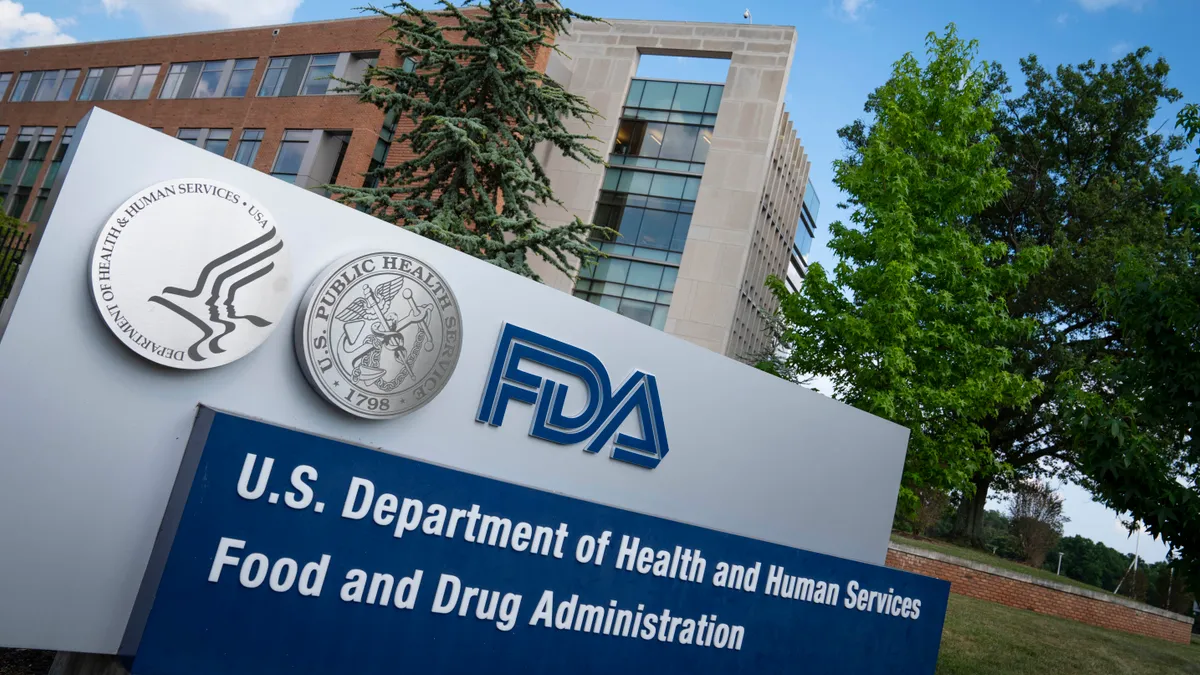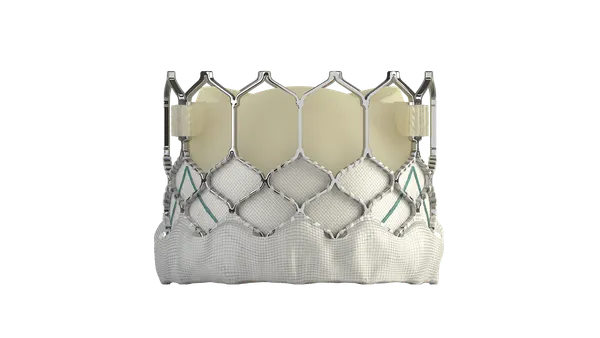Dive Brief:
- The FDA published its final guidance to address the frequent requests for advice it receives from developers of devices intended to improve glycemic control in patients with Type 2 diabetes.
- The guidance, which is largely unchanged from the 2021 draft, applies to neurostimulators, devices that manipulate the sympathetic nervous system and other technologies intended to act on glycemic control.
- The agency has provided advice on how to design feasibility and early feasibility clinical studies for the emerging class of diabetes devices, covering topics such as their duration, size, endpoints and statistical analyses.
Dive Insight:
The guidance comes amid an increase in requests for feedback from developers of diabetes devices. In the guidance, the FDA explains that devices intended “to improve glycemic control in patients with [Type 2 diabetes] are an increasing area of interest,” adding that companies now “frequently” request its feedback on feasibility and early feasibility clinical studies for such technologies.
Work to establish the devices as part of the toolkit for managing diabetes is ongoing. In its 2021 draft, the FDA said there are “no legally marketed medical devices in the U.S. that are intended to therapeutically improve glycemic control” in the patient population, although it removed that line from the final text.
Medtech company Becton Dickinson asked if “islet cell therapeutics, glucagon delivery devices, and the like” are covered by the guidance, leading the FDA to clarify that those technologies are outside of the scope of the document. The agency had already stated that devices such as blood glucose monitors are outside of the scope of the text.
The agency also defined “continued inadequate glycemic control” in response to feedback from BD, while other requests for changes went unheeded. BD wanted the FDA to state data collected during the 12-month follow-up is “primarily to ensure patient safety as the results are likely not going to be applicable to the final finished product which will have been iterated upon based on the feasibility study results.” The line is absent from the final guidance.
The FDA’s decision not to act on all of the limited feedback it received means the final guidance hews closely to the 2021 draft. The final text still is focused on clinical study recommendations that fall into nine categories, from purpose/objective to statistical analysis considerations, and the advice offered within each category is largely unchanged from the draft.










